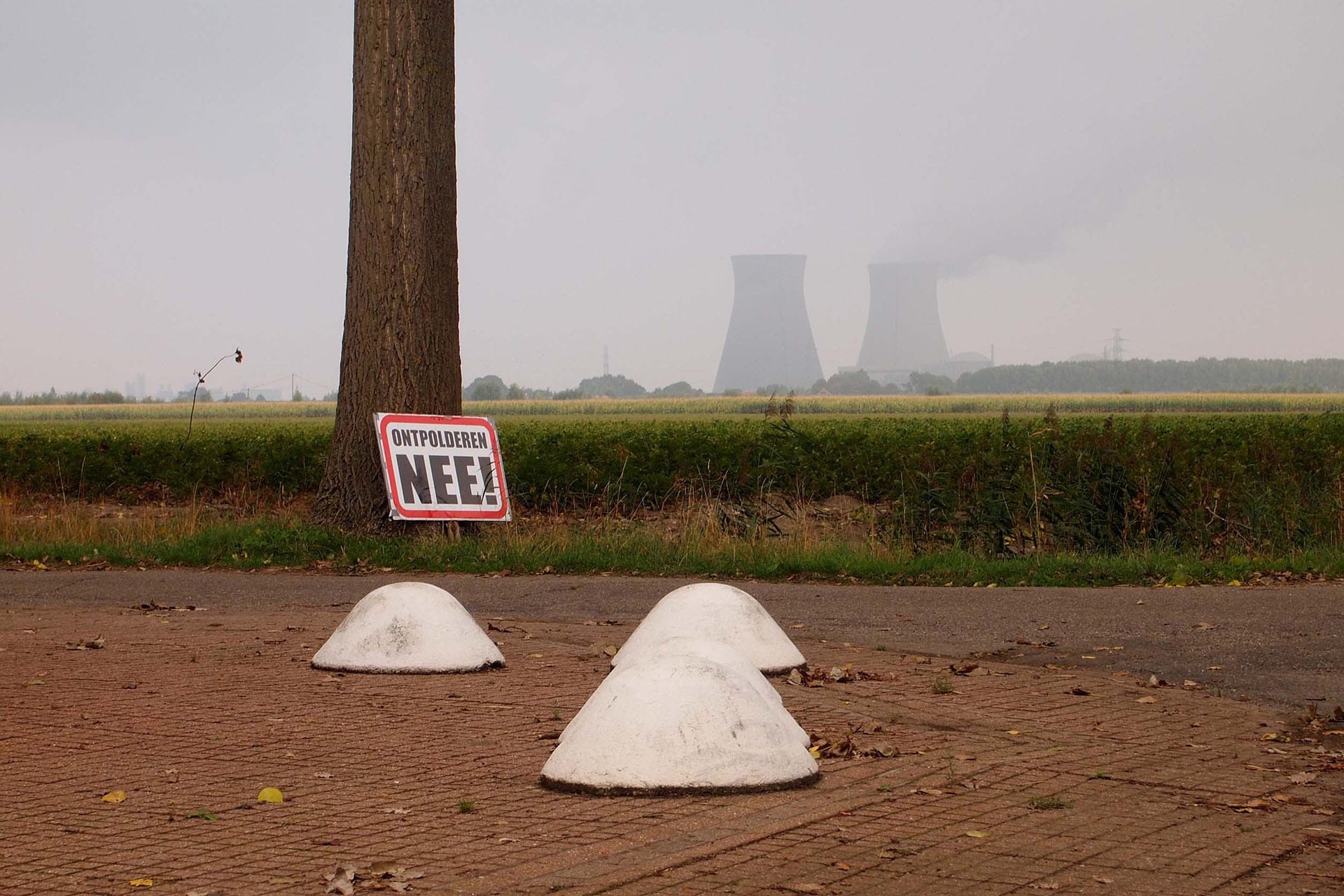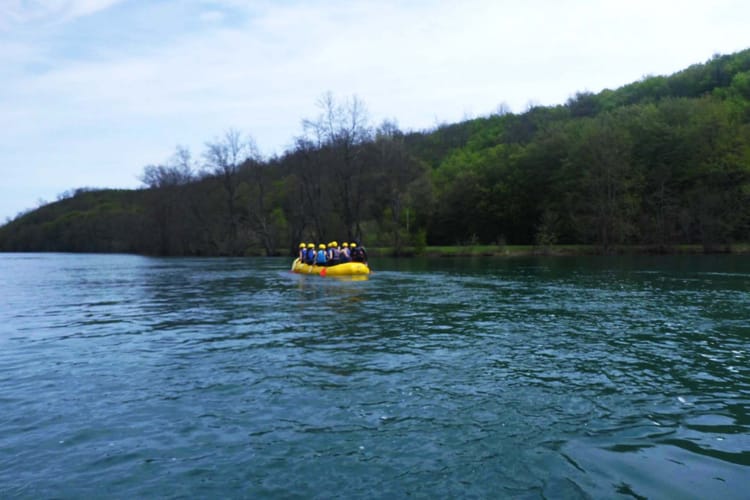The Dutch polder dilemma

In a country known for its polders, the Hedwigepolder was depoldered in 2018, as a ‘nature compensation’ measure. Hedwige was returned to nature to address sea level rise and enhance coastal ecosystems. Despite the complexity of socio-political implications, with the right approach, the public welcomes nature-based coastal protection, writes Flavia Cosoveanu.
The Dutch polders have a rich history dating back 800 years, when farmers began drying peat soils for agriculture. Over the centuries, farmers have adapted the polders, protecting them from the sea and riverine floods by creating a large system of levees, channels and pumping stations.
Today, polder landscapes have developed into a multi-functional use of land, fulfilling the needs of urbanisation, recreation, tourism, nature and culture. Government, non-government and private entities manage the polders.
The physical and institutional polder culture has become a vital part of the Dutch national identity. Moreover, the Dutch polders have become an inspiration for other countries such as Bangladesh.
Likewise, old and new water professionals come to the Netherlands to study the polders. I am one of them. I came to the Netherlands nine years ago to learn about how water is managed in the Dutch polders. I liked it so much that I decided to start my professional life in the Netherlands.
During my career here I came across polders being ‘depoldered’ for multiple reasons – naturally with socio-political and environmental implications. While there is the question of considering depoldering a nature-based solution, working examples show the possibility of nature-based solution for coastal protection.
Depoldering the Hedwige
Depoldering of the Hedwige polder is a unique case. The Hedwige polder is in the south of The Netherlands at the border with Belgium. Given its position at the political boundary and its ecological location as an estuary, this area has a history of land reclamations, floods and inundations between the 17th and 20th centuries.
Hedwige was depoldered or ‘given back to the sea’ in 2018 as a nature compensation measure because of the deepening of the Westerschelde channel for navigation and the expected accelerated sea level rise by 2100. The coastal defence has been repositioned to allow the development of the intertidal Westerschelde ecosystem. Called the coastal realignment, this is the procedure of repositioning or removing coastal defence structures to restore tidal flooding and facilitate the development of intertidal ecosystems, such as the Westerschelde estuary. In this study, Vincent Bax and other scientists found that the general public has low perceptions regarding the benefits of such measures. This low perception is influenced by the place attachment, climate risk perception, social norms and trust in authorities. Based on this study and press publications, it can be concluded that depoldering has become a socially and politically sensitive subject. So it is not surprising that the concept of depoldering is anathema to Zeelanders.

Is depoldering a nature-based solution?
For researchers like me, Hedwige raises a lot of questions on the implications of depoldering: How will depoldering affect the multi-functionality of the larger polder landscape in future? How will climate change affect this changed polder landscape? What does this mean for the Dutch polder culture established nationally and internationally?
The most pertinent of all and one of personal interest to me is, if depoldering could be considered a nature-based solution (NBS) and how it would impact the coastal landscape and the flood safety of the Westerschelde area.
It is still unknown how the multi-functionality of the polder system will change over time. Currently, the use of NBS is not a standard practice for coastal protection in the Netherlands. People and decision makers still have a negative perception about the effectiveness of NBS in safeguarding coastal areas. Moreover, the existing policies and institutional systems do not fully support the wider implementation of innovative solutions such as NBS.
Changing perceptions towards NBS
Evaluating various NBS pilot projects during my professional experience has taught me that challenges such perceptions and policy hurdles can be overcome.
For instance, citizens in Belgium were convinced when their concerns, such as the loss of sea views and the desire for more green spaces, were taken into account while designing and implementing vegetated dunes, another NBS measure.
As the NBS projects took shape, people's perception changed. They began seeing the interventions as an integral part of the landscape and their daily lives. They were happy to see more green spaces, go for a talk and socialise. The beach has turned into a new dune landscape where people meet their friends or walk the dog.
Mainstreaming NBS
The positive response from citizens served as the first step in convincing policy makers to embrace NBS. In addition, policy makers visited a similar vegetated dune in the Netherlands. The support of citizens and sharing other NBS success stories helped impress policy makers, leading to a change in their mindset. Furthermore, the Agency for Maritime and Coastal Services (MDK) in Belgium became interested in systematically monitoring the vegetated dunes and incorporating the lessons learned into the development of their coastal vision.
This is an inspiring example of how mainstreaming NBS for coastal protection is possible even within a system that may not be open to innovative solutions.
Based on my experience, I would say there are four key ingredients for successful implementation and mainstreaming of NBS for coastal protection: testing, monitoring, learning and mainstreaming. Mainstreaming means increasing the impact of a pilot from a small to a larger scale of coverage, either through replication, adapting or developing new policy goals. Starting small and gradually expanding the use of NBS can yield substantial benefits.
Currently, in the Manabas project, an Interreg-funded initiative, we aim to determine the socio-technical and ecological feasibility of coastal realignment, considered a type of NBS, as well as the governance barriers towards mainstreaming NBS for coastal protection in the Westerschelde estuary. We use the Hedwigepolder as a case study to learn how to overcome mainstreaming barriers, such as low public perceptions, in order to pave the way for wider adoption of NBS and foster more resilient coastal landscapes in future.






Member discussion